What has been around billions of years, yet is less than a month old?
Back when I was doing child psychotherapy, I liked to read a “Mickey Mouse Joke Book” with a child I was getting to know. It contained a lot of riddles and silly puns that the children usually enjoyed. I would pretend not to “get” the joke and let the child explain it to me, and in this way I discovered something about the child’s cognitive development.Riddles are an effective teaching tool because they thoroughly engage the mind. Most advanced spiritual paths and systems of magic employ riddles as well as puns and metaphors. They aid with memory and concentration and enliven understanding.
Recently I acquired a book on Home Games and Parties, first published in 1891, that has some interesting flower riddles. What flower or plant:Is a Roman numeral?Is a very gay and ferocious animal?Is its own doctor?Has fragrant letters?Is a sunny physician?Flies in the air but is part of a boot?Another form of the riddle is the story that on the surface makes no sense. When Cormac mac Airt travels to the Land of Promise, he meets a party that is roasting a pig without any visible source of flame. The group tells him that a quarter of the pig will be cooked for every truth that is told. The anecdote naturally sets the mind to ponder on the nature of truth.Often the riddle is in the form of a poem, such as the famous Song of Amergin, which begins in the Robert Graves translationI am a stag: of seven tines,I am a flood: across a plain,I am a wind: on a deep lake,I am a tear: the Sun lets fall,I am a hawk: above the cliff,I am a thorn: beneath the nail,I am a wonder: among flowers,I am a wizard: who but ISets the cool head aflame with smoke?Riddles can also be nonverbal. The most famous visual riddle is the “Three Hares” picture. (Hint: Look at the ears.)
Quintessential Pagan: An Interview with Hearth on North Country Public Radio
August 23, 2013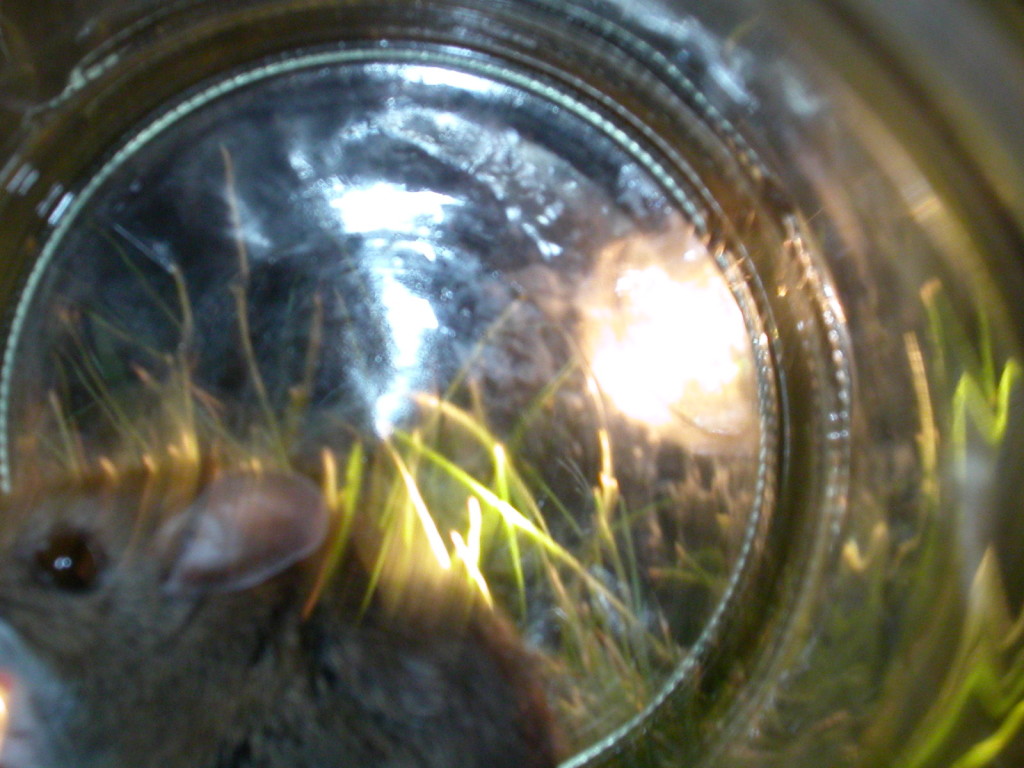 Quintessence1. the pure and concentrated essence of a substance.2. the most perfect embodiment of something.3. (in ancient and medieval philosophy) the fifth essence or element, ether, supposed to be the constituent of the heavenly bodies, the others being air, fire, earth, and water.–Random House DictionaryIn this short (seven and half minute) interview Todd Moe asks the basic questions, What is Paganism? What is animal magic? How does it relate to shamanism?
Quintessence1. the pure and concentrated essence of a substance.2. the most perfect embodiment of something.3. (in ancient and medieval philosophy) the fifth essence or element, ether, supposed to be the constituent of the heavenly bodies, the others being air, fire, earth, and water.–Random House DictionaryIn this short (seven and half minute) interview Todd Moe asks the basic questions, What is Paganism? What is animal magic? How does it relate to shamanism?
Review: Occult America by Mitch Horowitz
August 16, 2013 Occult America could have more accurately been titled Occult Roots of the New Age. The focus of this book is on identifying progenitors of phenomena familiar to the mainstream, such as Ouija boards and the daily newspaper horoscope, rather than linking true twenty-first century occult to any historical American perspective. The expected cast of characters appears, including Joseph Smith, Mme. Blavatsky and Edgar Cayce, along with less familiar names such as mail order mystic Frank B. Robinson or scholar of ancient sciences Manly P. Hall.The foundation of the book is an in-depth look at the Burned-Over District, a swathe across New York State from Albany to Buffalo that was a magnet for unorthodox religious study for about 100 years, starting in the late eighteenth century. So many prophets, mystics, spiritualists, and firebrand preachers traveled through this area that it was said to be “burned over” with religious fervor. I recently made a brief foray into the Burned-Over District while publicizing my own book and I will probably at some point devote an entire post to the history of this fascinating area.Occult America also explores the occult influence in government, and it seems in this regard there is always something new to learn. Many people are aware that some of the Founding Fathers were Freemasons, and that Ronald Reagan took the advice of his astrological advisors very seriously, but the occult influence on the Lincoln and Roosevelt White House is less well known.Horowitz does not shrink from describing the unsavory side of spiritualist movements, especially the pro-fascist Silver Shirts of the Depression and World War II era. He gives a balanced view of Edgar Cayce, acknowledging the typically enlightened yet at times prejudiced nature of the material that came through him.In a chapter on the African American influence on New Age, Horowitz mentions the practice of hoodoo and nearly veers into actual discussion of the occult, but he pulls himself back in time. A person who can walk into an occult store and understand the uses of the various herbs and implements sold there might very well wonder what, if anything, this book has to do with them. The magical legacies of the Pennsylvania Dutch, or New Orleans Voodoo, or Southwestern curanderos are not discussed. The role of America in the popularization of witchcraft is dealt with in one dismissive page. The Goddess Movement is ignored completely. Horowitz is concerned with how the occult shaped conservative and mainstream America. The value of this book for someone with a more sophisticated understanding of the occult is that it shows some common roots to very disparate twenty-first century spiritual philosophies. It filled in a lot of gaps in my knowledge. Though Witches, Pentecostals and New Agers see themselves as very different, they seem to have branched from the same tree.
Occult America could have more accurately been titled Occult Roots of the New Age. The focus of this book is on identifying progenitors of phenomena familiar to the mainstream, such as Ouija boards and the daily newspaper horoscope, rather than linking true twenty-first century occult to any historical American perspective. The expected cast of characters appears, including Joseph Smith, Mme. Blavatsky and Edgar Cayce, along with less familiar names such as mail order mystic Frank B. Robinson or scholar of ancient sciences Manly P. Hall.The foundation of the book is an in-depth look at the Burned-Over District, a swathe across New York State from Albany to Buffalo that was a magnet for unorthodox religious study for about 100 years, starting in the late eighteenth century. So many prophets, mystics, spiritualists, and firebrand preachers traveled through this area that it was said to be “burned over” with religious fervor. I recently made a brief foray into the Burned-Over District while publicizing my own book and I will probably at some point devote an entire post to the history of this fascinating area.Occult America also explores the occult influence in government, and it seems in this regard there is always something new to learn. Many people are aware that some of the Founding Fathers were Freemasons, and that Ronald Reagan took the advice of his astrological advisors very seriously, but the occult influence on the Lincoln and Roosevelt White House is less well known.Horowitz does not shrink from describing the unsavory side of spiritualist movements, especially the pro-fascist Silver Shirts of the Depression and World War II era. He gives a balanced view of Edgar Cayce, acknowledging the typically enlightened yet at times prejudiced nature of the material that came through him.In a chapter on the African American influence on New Age, Horowitz mentions the practice of hoodoo and nearly veers into actual discussion of the occult, but he pulls himself back in time. A person who can walk into an occult store and understand the uses of the various herbs and implements sold there might very well wonder what, if anything, this book has to do with them. The magical legacies of the Pennsylvania Dutch, or New Orleans Voodoo, or Southwestern curanderos are not discussed. The role of America in the popularization of witchcraft is dealt with in one dismissive page. The Goddess Movement is ignored completely. Horowitz is concerned with how the occult shaped conservative and mainstream America. The value of this book for someone with a more sophisticated understanding of the occult is that it shows some common roots to very disparate twenty-first century spiritual philosophies. It filled in a lot of gaps in my knowledge. Though Witches, Pentecostals and New Agers see themselves as very different, they seem to have branched from the same tree.
New Review of Invoking Animal Magic
August 13, 2013Invoking Animal Magic: A guide for the Pagan priestess is now reviewed at Medusa Coils.
is now reviewed at Medusa Coils.
Review: Paradise of the Birders
August 9, 2013

Watch Blue Bird of Paradise on PBS. See more from Nature.
Peregrinations
August 2, 2013

Peter Tongue Interviews Hearth on “Awakening to Conscious Co-Creation”
July 26, 2013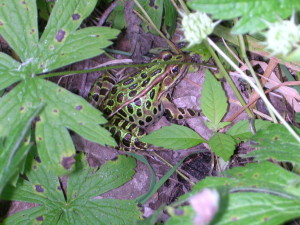 One hour on-demand interview about toads, mice, water snakes, werewolves and other under-appreciated animal allies.
One hour on-demand interview about toads, mice, water snakes, werewolves and other under-appreciated animal allies.
Osprey Encounter
July 19, 2013And then, as he looked after him Telemachus saw the stranger change in his form. He became first as a woman, tall, with fair hair and a spear of bronze in her hand. And then the form of a woman changed too. It changed into a great sea-eagle that on wide wings rose up and flew high through the air. Telemachus knew then that his visitor was an immortal and no other than the goddess Athene who had been his father’s friend.–The Odyssey (Padraic Colum, trans.)
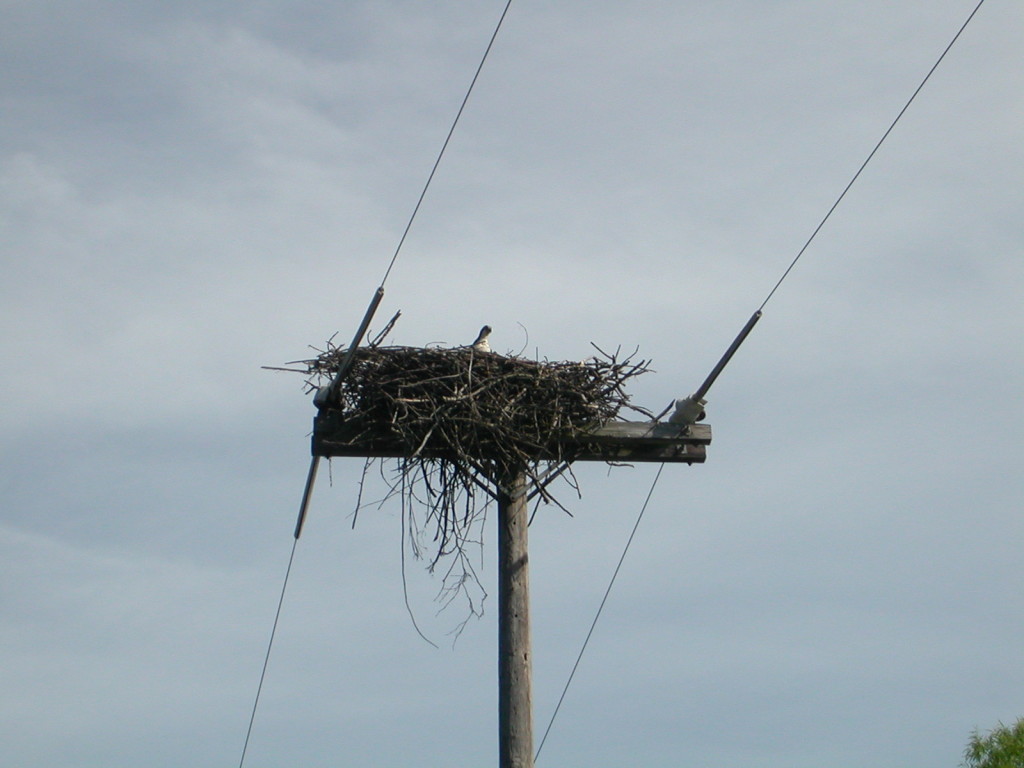 I recently learned that the bird often referred to as the “sea eagle” in translations of Celtic, Norse, and Greek myth is the osprey. This is a large bird of prey that nests along shorelines. Like the bald eagle it prefers a diet of fish, and at a distance it is hard to differentiate the osprey from the eagle. The osprey has a white head like the bald eagle, but it has a brown stripe across its eyes and its underside is white. It is slightly smaller than the bald eagle.
I recently learned that the bird often referred to as the “sea eagle” in translations of Celtic, Norse, and Greek myth is the osprey. This is a large bird of prey that nests along shorelines. Like the bald eagle it prefers a diet of fish, and at a distance it is hard to differentiate the osprey from the eagle. The osprey has a white head like the bald eagle, but it has a brown stripe across its eyes and its underside is white. It is slightly smaller than the bald eagle.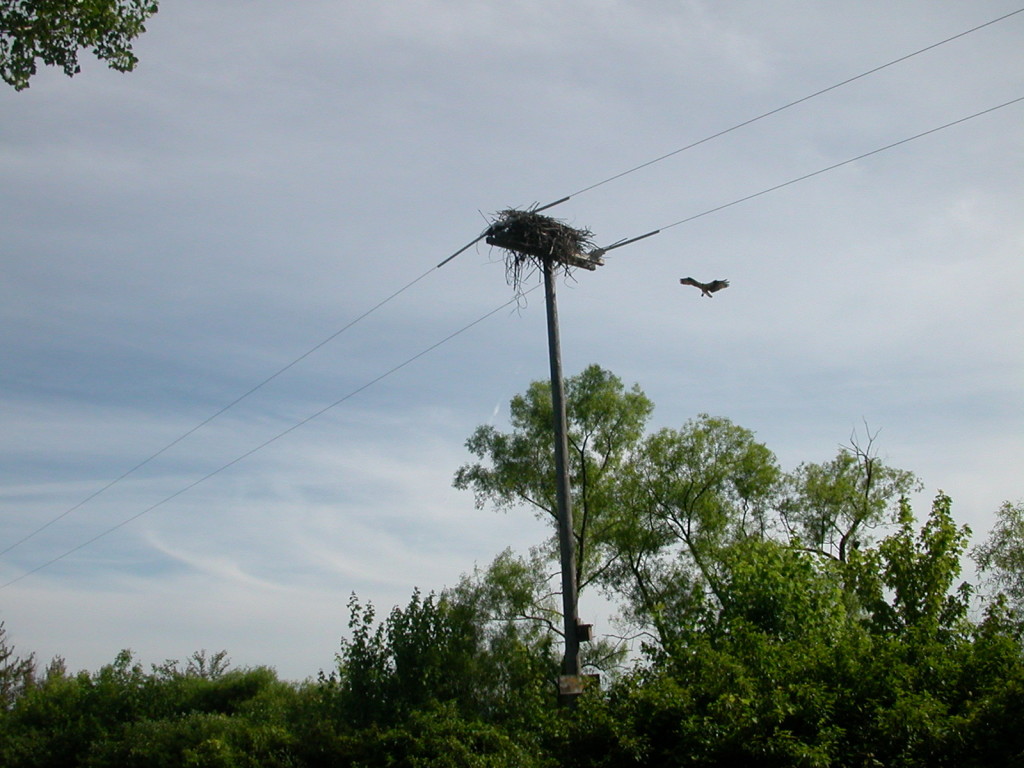
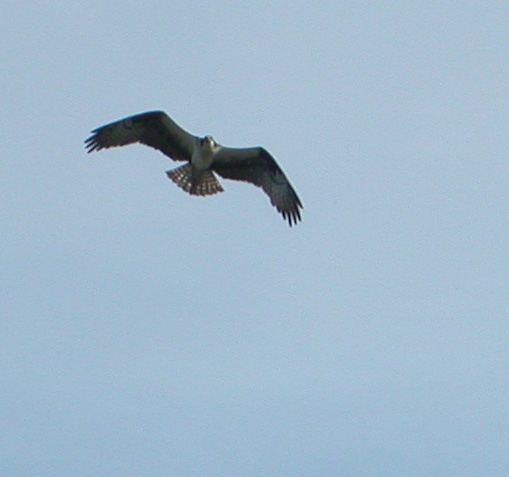
Review: Namgar
July 12, 2013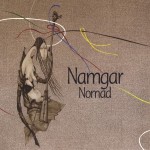 At the edge of the mountain ridge pathThe orphaned white camel colt weeps.When the frost is so violent that trees crackThe white camel colt seeks for grass under snow where the herd has just passed…On a cold evening early last spring a few dozen people gathered in the village church to hear Buryat singer Namgar Lkhasaranova accompanied on traditional instruments by her husband Eugeny Zolotarev. It was a fantastic concert. Namgar has an amazing voice and the concert featured percussion and wind instruments I had never heard before.Buryatia is a large region in Siberia near the Mongolian border. It is in the Adirondack news periodically due to local residents traveling to the region and vice versa. This is not, as I would have guessed, for commiserating about long cold winters. Apparently both mountainous regions face similar ecological challenges, and contact over these issues has facilitated some cultural exchange.The concert sparked many questions for me, and I would have liked to have interviewed Namgar for this blog. I will probably get another chance to do so, however, because the children raved about Namgar’s school concert for days and they will no doubt lobby persistently to get her back. It surprised me that the children were so taken by Namgar, since her traditional style of music would be unfamiliar to them.After the concert I picked up Namgar’s CD, entitled “Nomad.” Although I’ve decided I like the CD, I was initially disappointed because it was so different from the concert, being a crossover album containing elements of traditional Buryat folk music and instruments combined with a jazz/rock style. A pamphlet is included with translations of the lyrics in English. In preparing this blog post I discovered that Namgar has released a new CD called “Dawn of the Foremothers.” I will try to obtain a copy to review here.
At the edge of the mountain ridge pathThe orphaned white camel colt weeps.When the frost is so violent that trees crackThe white camel colt seeks for grass under snow where the herd has just passed…On a cold evening early last spring a few dozen people gathered in the village church to hear Buryat singer Namgar Lkhasaranova accompanied on traditional instruments by her husband Eugeny Zolotarev. It was a fantastic concert. Namgar has an amazing voice and the concert featured percussion and wind instruments I had never heard before.Buryatia is a large region in Siberia near the Mongolian border. It is in the Adirondack news periodically due to local residents traveling to the region and vice versa. This is not, as I would have guessed, for commiserating about long cold winters. Apparently both mountainous regions face similar ecological challenges, and contact over these issues has facilitated some cultural exchange.The concert sparked many questions for me, and I would have liked to have interviewed Namgar for this blog. I will probably get another chance to do so, however, because the children raved about Namgar’s school concert for days and they will no doubt lobby persistently to get her back. It surprised me that the children were so taken by Namgar, since her traditional style of music would be unfamiliar to them.After the concert I picked up Namgar’s CD, entitled “Nomad.” Although I’ve decided I like the CD, I was initially disappointed because it was so different from the concert, being a crossover album containing elements of traditional Buryat folk music and instruments combined with a jazz/rock style. A pamphlet is included with translations of the lyrics in English. In preparing this blog post I discovered that Namgar has released a new CD called “Dawn of the Foremothers.” I will try to obtain a copy to review here.
